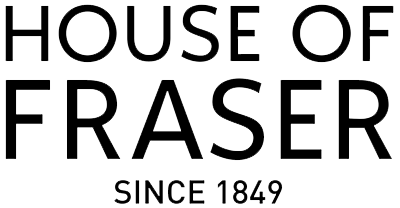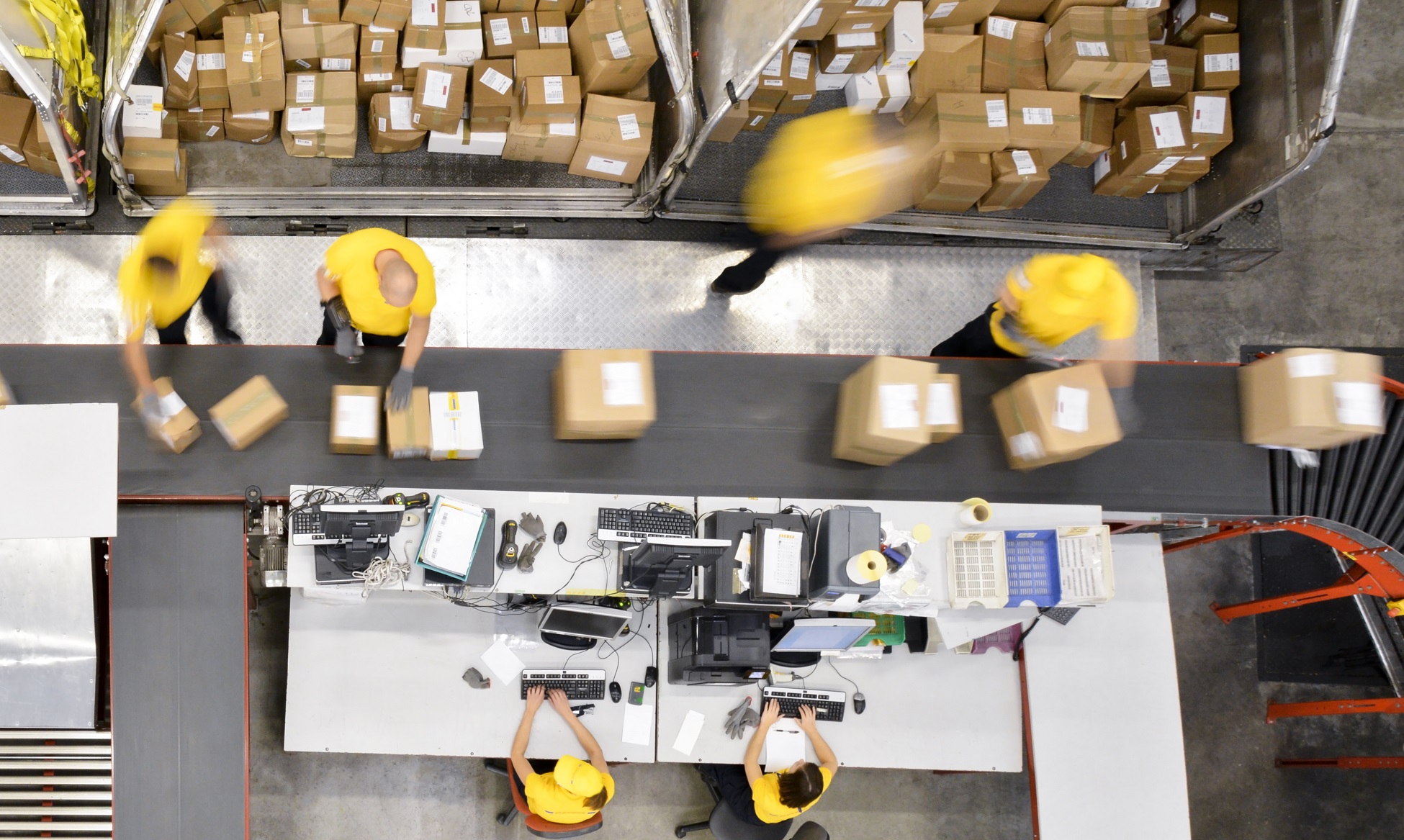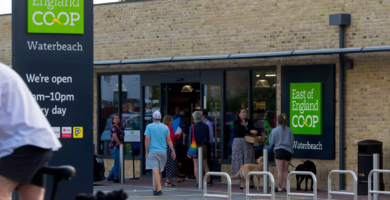Speakers and delegates concluded that today’s consumers crave convenience, no matter which ‘shopper journey’ they are embarking on
Convenience was the buzzword of the eTail Fulfilment & Returns conference this September (11th and 12th September 2018, organised by WBR). Speakers and delegates concluded that today’s consumers crave it, no matter which ‘shopper journey’ they are embarking on – and that includes the returns process. The message across the two-day event was loud and clear – in many areas of retail, levels of convenience could be vastly improved with the potential to drive up customer satisfaction, and retailer profitability.
Ecommerce returns are a burden…
Day two’s focus on returns provided a wealth of insight into how to tackle what is widely considered both a consumer and a retailer bugbear. The ‘returns nightmare’ – thought to cost UK retailers £60 billion a year – is not going away any time soon, so how can this huge pain point become an opportunity?
According to a survey by Metapack, 49% of consumers stated that poor returns options dissuaded them from ordering online. It can be one the top reasons for ‘basket abandonment’ for online retailers. Many customers who do buy and need to return goods, abandon the brand completely if they then have a bad experience.
Meanwhile retailers are faced with the high costs of managing the complex returns process. Experts speaking at the eTail event quoted returns rates between 15% and 60%.
This is a global issue. According to UPS research, 37% of EU ecommerce consumers have returned a product in the last year, and the figure is 40% for Asia, and 44% in the US.
The activity of ‘intentional returns’ or ‘bracketing’ is now widespread in the fashion and footwear market – when a shopper orders several sizes and colour options of say, jeans or shoes, to try on at home, with the intention of only purchasing one item, and returning all the others. A conundrum for retailers is how to facilitate this high cost process without alienating other shoppers. Free returns are of course what consumers want, but is this economically viable?
…but also a blessing
Returns become a blessing when shoppers like your returns policy. This can actually drive conversions said Monica Alvarado, UPS Europe Marketing Director. She says UPS research shows 95% of shoppers satisfied with the returns process said they’d purchase with the retailer again.
Other experts speaking at the conference shared their take on how to contain the costs of the reverse logistics process, and make the process more convenient for customers. Here are a few of their insights:
Martin Austermann, Adidas’s Director Global Logistics 3PL Strategy and Procurement, spoke about: “More goods are coming back and costs are spiralling – how can you convert the challenge of returns to your advantage?” His advice is to work closely with your third-party logistics providers to find efficiencies and ways to prevent returns in the first place.
Embark on warehouse tours to understand where damage might occur, work with packaging suppliers and carriers on stress testing, he suggests. Look for opportunities to optimise the value chain – for instance, should you decentralise the returns process so that countries in Europe handle their own, instead of everything being shipped back to one processing plant? In a nutshell his advice is to “analyse, standardise and optimise” in order to squeeze cost and complication out of your reverse logistics operation.
Top tips from the experts
In Russia, Adidas runs a delivery scheme where customers can try on their trainers or t-shirt at home while the delivery driver waits – a simple solution that is possible in Russia where the driver wages are low.
Tips on how to cut down on the volume of returns in the first place came from David Grant, Professor of Logistics at University of Hull. These included redesigning warehouses to cut down damage to goods being processed, asking for customer feedback and online reviews of products so that design faults or ill-fitting garments can be factored out quickly, and use of video to give online customers more understanding of the products they are ordering.
Similarly, Steve Riordan, Head of Transport for Groupon, flagged up the potential of AR and VR technology in the future to make product views more accurate. This could potentially reducing the problem of returns caused by people finding the food mixer, dress or bedside lamp not looking how they thought it would.
Tech drives speed and efficiency
Technology expertise was also on hand at the event with solutions to ease the burden of returns and wider supply chain challenges. It was fascinating to hear how ToolsGroup uses market-driven demand analytics and supply chain optimisation software to help retailers accurately forecast demand and plan out supply chain problems before they happen. This was of interest to many retailers, in the knowledge that data analytics will be the key to improving performance in the coming years.
Meanwhile German tech specialist Magazino showcased the capabilities of its incredible warehouse robotics systems – again illustrating how retail tech advances will assist retailers as they strive for more efficient and scalable supply chain operations.
For retailers with international growth plans, ReBOUND was of particular interest, as this platform handles returns globally, giving visibility of stock in the reverse logistics network on one dashboard, and consolidating returns while giving customers the reassurance of rapid refunds.
And revving up returns in fast fashion and many other sectors, Stuart has worked with ecommerce players, such as Zalando, to offer an ‘instant returns’ model, which allows customers to schedule timeslots of 15 or 30 minutes for a courier collection of returns from an address of their choice – the ultimate in convenience.
Leveraging customer satisfaction with free returns
Monica at UPS outlined common-sense ways to offer a great returns service, cost effectively. Free returns might kick in only after a spend threshold is reached, for instance. And ‘free return to store’ can be relatively easy to set up and offer convenience without the need for a big investment.
Clearly there’s a big opportunity for the returns process to be reduced, simplified, streamlined and very carefully cost-controlled, in order to delight and retain shoppers. Sharing best practice and ideas will help the industry learn to love reverse logistics, and the customer satisfaction benefits it can deliver.
eTail Fulfilment & Returns 2018, organised by WBR took place on 11th – 12th September, 2018, at the Hilton London Canary Wharf


















